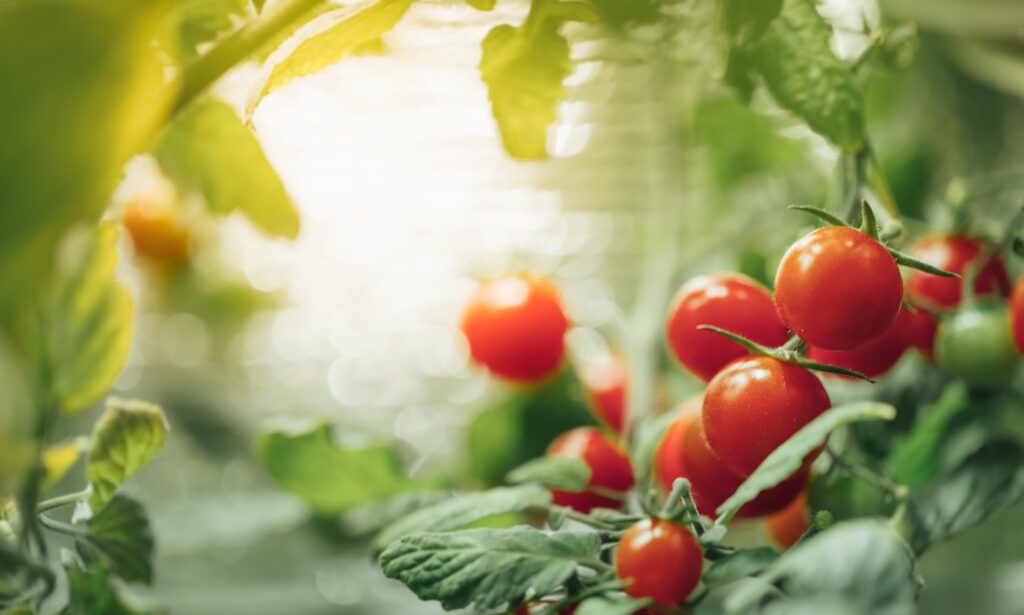Gardening Tips
Should I Water My Tomatoes Every Day?
Tomatoes are one of the most popular garden vegetables, prized for their vibrant flavor and versatility in the kitchen. But when it comes to watering, many gardeners wonder, “Should I water my tomatoes every day?” The answer is not as straightforward as a simple yes or no; it depends on various factors, including your climate, soil type, and the stage of growth of your tomato plants. Let’s dive into what you need to consider.
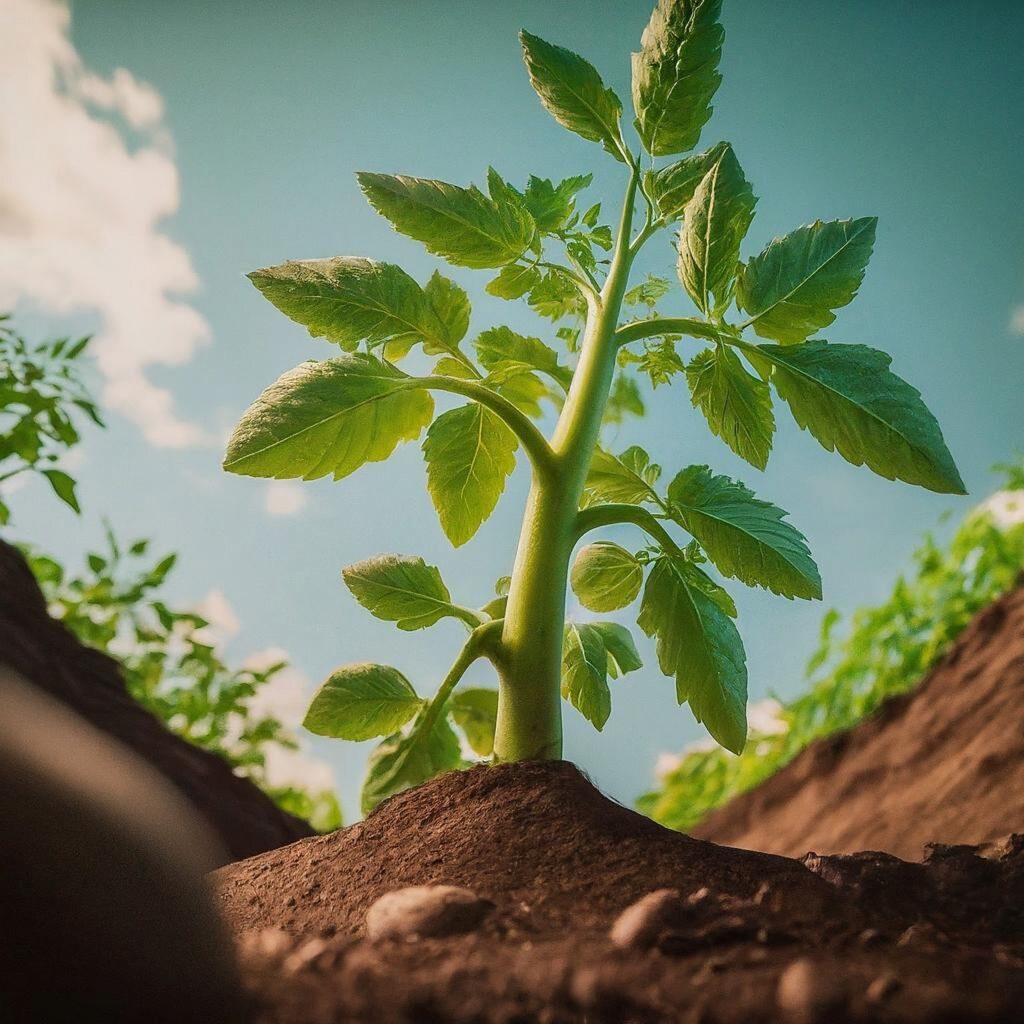
Understanding Tomato Watering Needs
Tomatoes thrive in well-drained soil and require consistent moisture to develop properly. However, daily watering isn’t always necessary or even advisable. Here’s why:
-
Root Development: Tomato plants need deep roots to access water and nutrients from the soil. Frequent, shallow watering can encourage roots to stay near the surface, making the plant more susceptible to drought and less stable. Watering deeply but less frequently encourages roots to grow deeper.
-
Soil Type: The type of soil in your garden significantly affects how often you should water. Sandy soils drain quickly and may require more frequent watering, while clay soils hold moisture longer, allowing you to water less often. If you’re unsure about your soil type, try digging a small hole and filling it with water to see how quickly it drains.
-
Climate and Weather: In hot, dry climates or during a heatwave, your tomato plants may need more frequent watering. Conversely, in cooler, humid conditions, overwatering can lead to problems like root rot and fungal diseases. Always check the weather forecast and adjust your watering schedule accordingly.
-
Mulching: Mulching around your tomato plants helps retain moisture in the soil, reducing the need for daily watering. Organic mulch, like straw or compost, also adds nutrients to the soil as it breaks down.
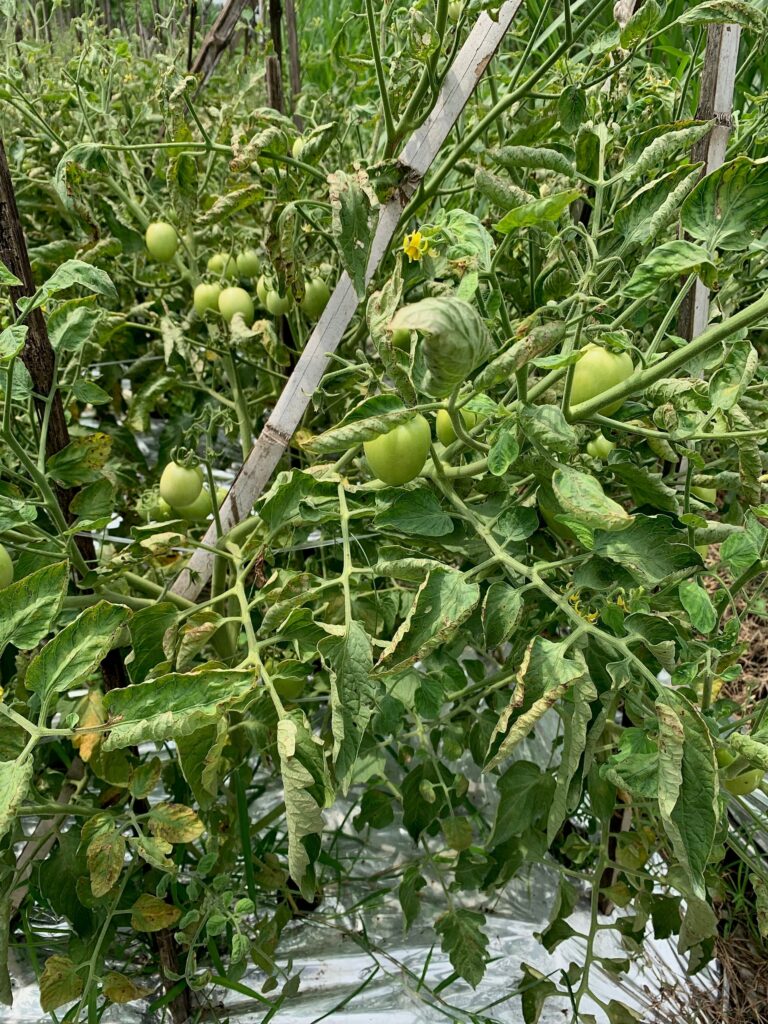
Signs Your Tomatoes Need Water
Instead of sticking to a rigid daily watering schedule, it’s better to observe your plants and the soil to determine when to water. Here are some signs that your tomatoes need water:
-
Drooping Leaves: If your tomato plants start to wilt or droop, especially during the heat of the day, it may be a sign they need water. However, if they recover by evening, they might be conserving energy rather than showing true water stress.
-
Dry Soil: Check the soil around your tomato plants by sticking your finger about an inch or two into the ground. If it feels dry at that depth, it’s time to water.
-
Cracked Fruit: Inconsistent watering can cause tomatoes to crack as they grow, especially if the plants go through periods of drought followed by heavy watering.
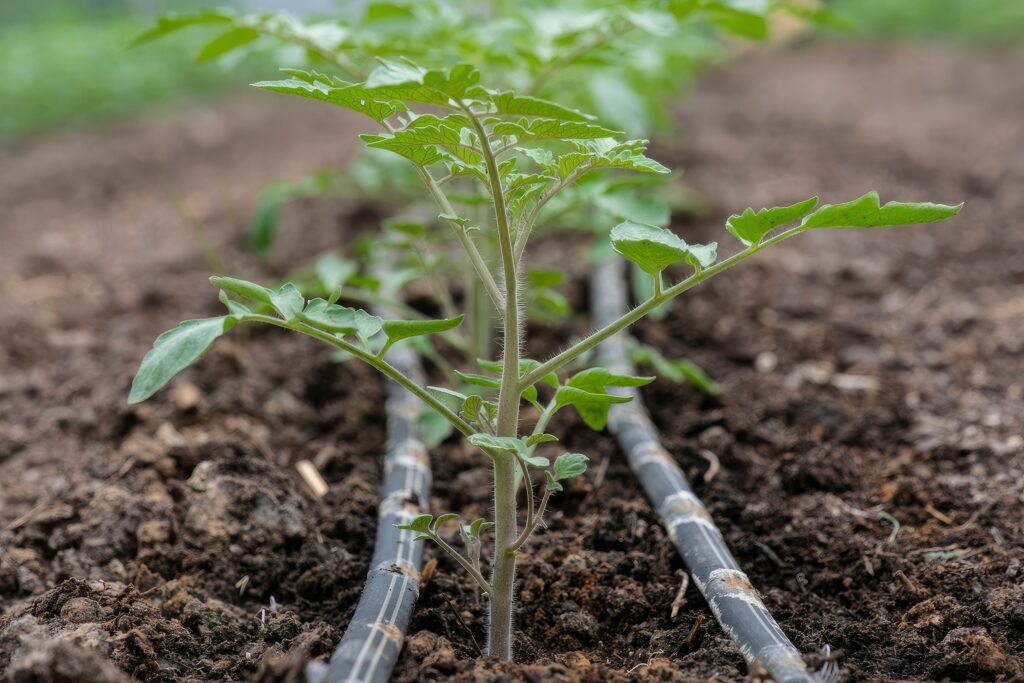
Best Watering Practices for Tomatoes
To ensure your tomato plants get the right amount of water, consider these best practices:
-
Water Early in the Day: Watering in the morning allows plants to absorb moisture before the heat of the day, reducing evaporation and preventing water from sitting on the leaves overnight, which can lead to fungal issues.
-
Deep Watering: Water your tomatoes thoroughly so that the moisture reaches the deeper root zone. This might mean watering every two to three days, depending on your soil and weather conditions.
-
Use a Soaker Hose or Drip Irrigation: These methods deliver water directly to the soil, minimizing evaporation and ensuring that moisture reaches the roots without wetting the foliage.
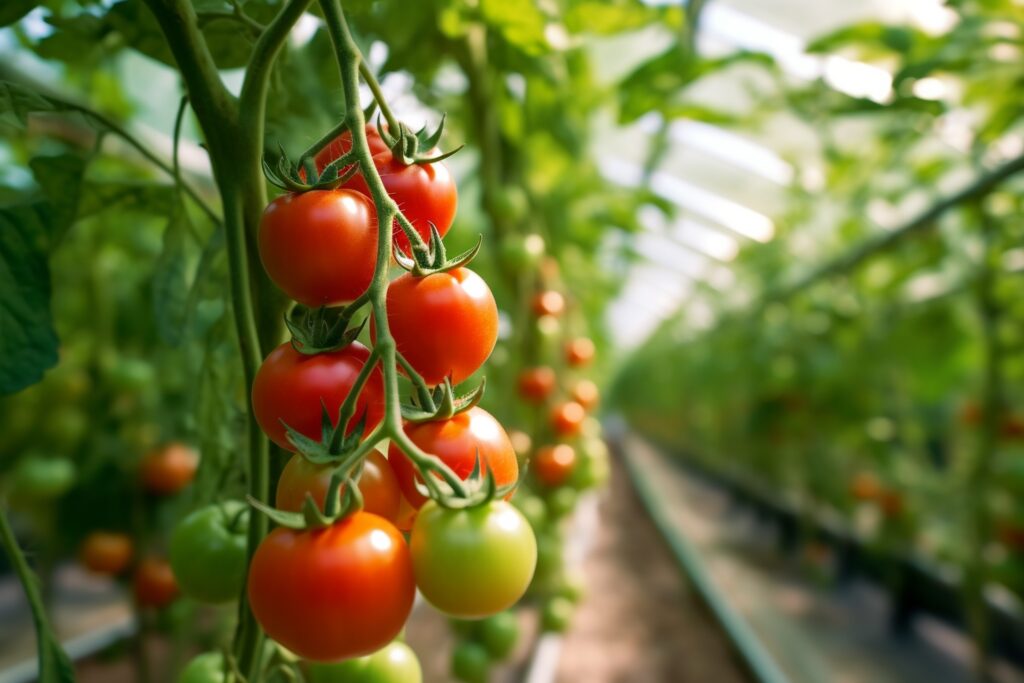
Conclusion: To Water or Not to Water Every Day?
So, should you water your tomatoes every day? The answer is generally no, but it depends on your specific growing conditions. The key is to water consistently and deeply, tailoring your approach to your garden’s needs. By paying attention to your plants and the environment, you’ll keep your tomato plants healthy, productive, and ready to deliver a bountiful harvest.
Happy gardening!
